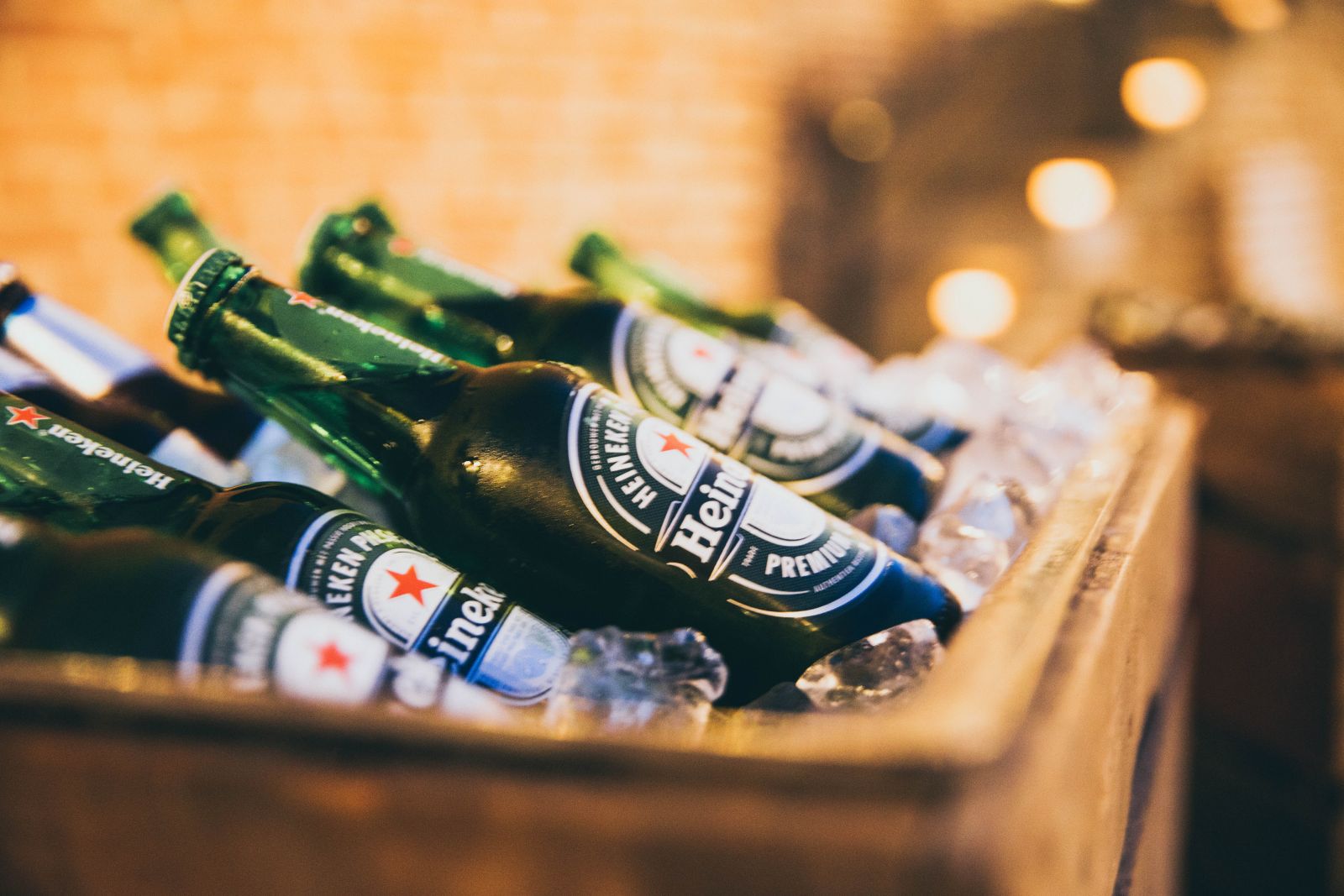
There will be a first at the upcoming Summer Olympic Games in Paris. For the first time ever, there will be a beer sponsor at the Olympics.
Anheuser-Busch Inbev SA/NV (BUD) - the world’s largest brewer - agreed to become a sponsor of the Olympic Games. It will partner with the International Olympic Committee (IOC) for events through 2028.
However, there is a twist. The global beer sponsor of the Games will be Corona Cero, AB InBev’s zero-alcohol brew from Mexico.
Currently, that specific beer is not sold in the U.S. So instead, the Michelob Ultra light beer brand will be the focus of Olympic-related sponsorships in the U.S. There is a Corona Non-Alcoholic sold in the U.S., but that brand is owned by Constellation Brands (STZ).
The key takeaway here is that Budweiser has chosen to advertise to billions of sports fans a zero-alcohol product that only launched in Europe two years ago.
The New Generation of Beer Drinkers
AB InBev hopes to use the Paris Games to improve its position in the only part of the global beer industry that’s currently growing. This move makes sense.
The global zero-alcohol beer market is already worth $13 billion, and rising quickly.
That’s why the major brewers, such as the world’s second-biggest brewer, Heineken (HEINY), see big dollar signs as a growing number of health-conscious consumers - many of them younger - choose to avoid alcohol.
Michel Doukeris, the CEO of AB InBev, put it quite simply: “The consumer has changed.”
No-alcohol beer, or beer with alcohol content under 0.5%, currently has just a tiny share of the global beer market. Its 31.4 million hectoliters a year is dwarfed by the 1.93 billion hectoliters of alcoholic beer, according to GlobalData Plc. One hectoliter equals 26.4172 gallons.
But crucially, this tiny niche of the market has notched a compound annual growth rate of 3.6% since 2018, versus a mere 0.3% for alcoholic beer.
Those are numbers no brewer can ignore.
No-Alcohol Beer and Sports
Expect to see more advertising at major sporting events, like the Olympics, from the makers of no-alcohol or low-alcohol beer.
In 2023, Heineken aired the first-ever nationally televised advertisement for non-alcoholic beer during the Super Bowl.
In addition, we have seen Heineken 0.0 advertising with Formula 1 races, and Diageo PLC’s (DEO) Guinness 0.0 ads at the Six Nations rugby tournament.
And last year, Carlsberg A/S (CABGY) handed out 400,000 cans of French no-alcohol beer Tourtel Twist at the Tour de France cycling race. Currently, despite BUD’s Olympic deal, Carlsberg says Tourtel Twist is the non-alcoholic beer of choice at the Paris Games.
Invest in the Current Market Leader
With millennial and Gen Z demographic groups looking to temper their alcohol intake, the big brewers rightly think it’s better to have a viable alternative, rather than having such a large group
of consumers turning to a rival brand, or to alternatives like soda and water.
According to the data analytics and consulting firm, GlobalData Plc, the market leader in the no-alcohol beer market globally is Heineken 0.0. Other big sellers are Suntory All-Free from Japan’s Suntory Beverage & Food (STBFY), and Brahma 0.0%, which is owned by AB InBev.
I believe that Heineken will retain its market leadership position in this market. Heineken 0.0 has been a blockbuster success in many markets globally, and should remain a margin driver for several years to come.
Its larger rival, AB InBev, is lagging behind and says it will miss its target of 20% of sales from low or no-alcohol beer by 2025.
Amsterdam-based Heineken was among the first major global brewers to introduce non-alcoholic beer products. Heineken 0.0 first launched in a select few European markets in 2017, and now is available across 110 markets.
You may wonder how Heineken makes its zero-alcohol beer. Here’s the short version: it is made with water, barley malt, hop extracts and yeast — the same ingredients used for regular Heineken. The alcohol is then removed using vacuum distillation. Then, natural flavorings and aromas are blended back in to make the taste more closely resemble the original.
Alison Payne, Heineken’s global marketing director of zero alcohol beverages, is certainly an innovator. For example, Heineken’s 0.0 category now offers flavored beers, rivaling other firms’ flavored carbonated drinks in many markets.
Payne also sees opportunities in areas like 0.0 beer cocktails - a sort of ready-to-drink cocktail.
In the company’s 2023 earnings report, Heineken showed double-digit growth for non-alcoholic beer and cider in a number of markets.
Overall, Heineken reported strong performance in its first-quarter trading update. Organic growth in beer volume was up 4.7% across all regions and organic revenue was up by 9.4%. Pricing played a big role, with a 6.0% increase in price/mix on a consistent geographical basis. In the Americas, Heineken's 6.5% organic growth was primarily fueled by Brazil and Mexico.
These results were above the company’s estimates. The stock price did little to react because, despite the solid results, management maintained its conservative outlook for 2024, with operating profit growth in low- to high single digits.
Being the leader in the only growth area of the brewing industry makes HEINY stock a buy. It can be bought below $53.








